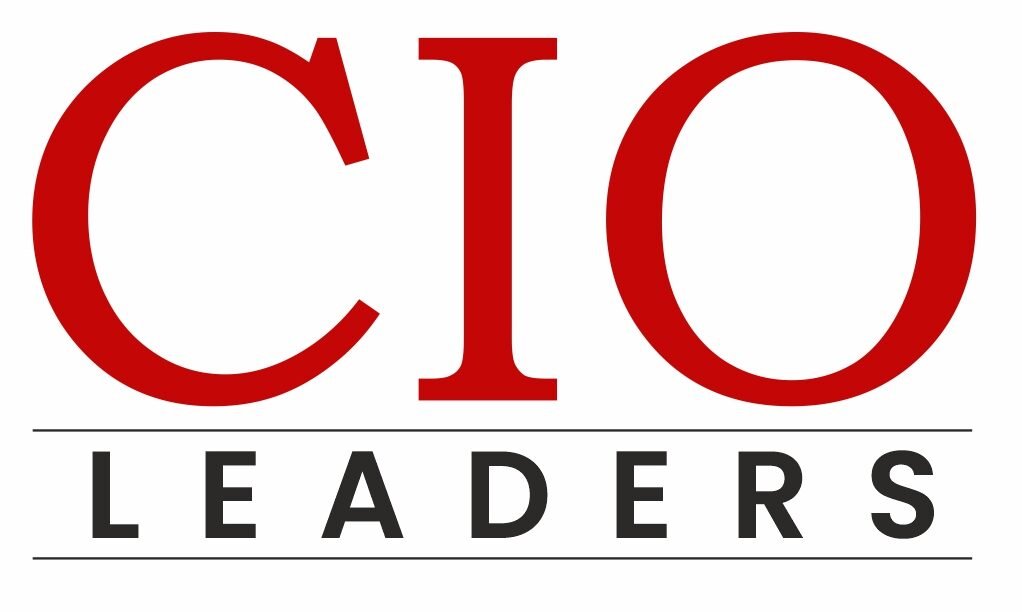Prime Highlights:
- Texas Democratic lawmakers ask Tesla to postpone its introduction of robotaxis in Austin until new safety legislation comes into effect in September.
- Lawmakers invoke public safety concerns and urge Tesla to wait for upcoming guidelines on autonomous vehicles.
Key Facts:
- Tesla intends to launch 10–20 autonomous Model Y robotaxis in Austin starting from June 22.
- New state legislation on autonomous cars comes into effect starting September 1, 2025.
Key Background
Tesla is being pressured by Texas legislators to push back its June 22 release of its autonomous robotaxi service in Austin. Seven Democratic lawmakers from the Austin district wrote to Tesla formally requesting that it hold off until Sept. 1, the effective date of new autonomous vehicle legislation. The lawmakers explained that they were seriously concerned about safety and desired to have greater public confidence in autonomous technology.
Legislators such as Senators Judith Zaffirini and Sarah Eckhardt and Representatives Gina Hinojosa and Vikki Goodwin had their concern highlighted after an independent organization recently ran a safety test that revealed a Tesla with Full Self-Driving (FSD) not being able to stop in front of a school bus and running over a child-sized mannequin. While Tesla’s new service will have remote operators and work within established safe boundaries, lawmakers feel these kinds of accidents signal the need for tighter controls and regulations.
As per the new Texas law which will be operational in September, all autonomous vehicles will have to receive state permits, be tested against stringently established safety and performance requirements, and carry first-responder procedures. Such regulations are intended to reduce the hazards involved in running and hold the makers accountable in case of malfunction. The bill also enables the state to revoke the permission of any autonomous system found to violate safety.
Tesla CEO Elon Musk has stated that the service launching in Austin is not “completely self-driving” and that the cars will still be manned. However, the launch is an important step towards Tesla’s plan to shift to long-term autonomous ride-hailing business. Despite Tesla having operated these cars in secret in Austin for months already, legislators are still concerned over the secrecy of the rollout—like unresolved questions regarding passenger screening, emergency procedures, and cost.
The flap underscores growing tension between fast innovation in autonomous transportation technology and demands for regulatory safeguard. With investor confidence and public safety at stake, Tesla’s next step may set a defining precedent for autonomous mobility in the future.
Read More – Instagram Marks 15th Anniversary with New Creator Tools and Pressure-Free Sharing Push

